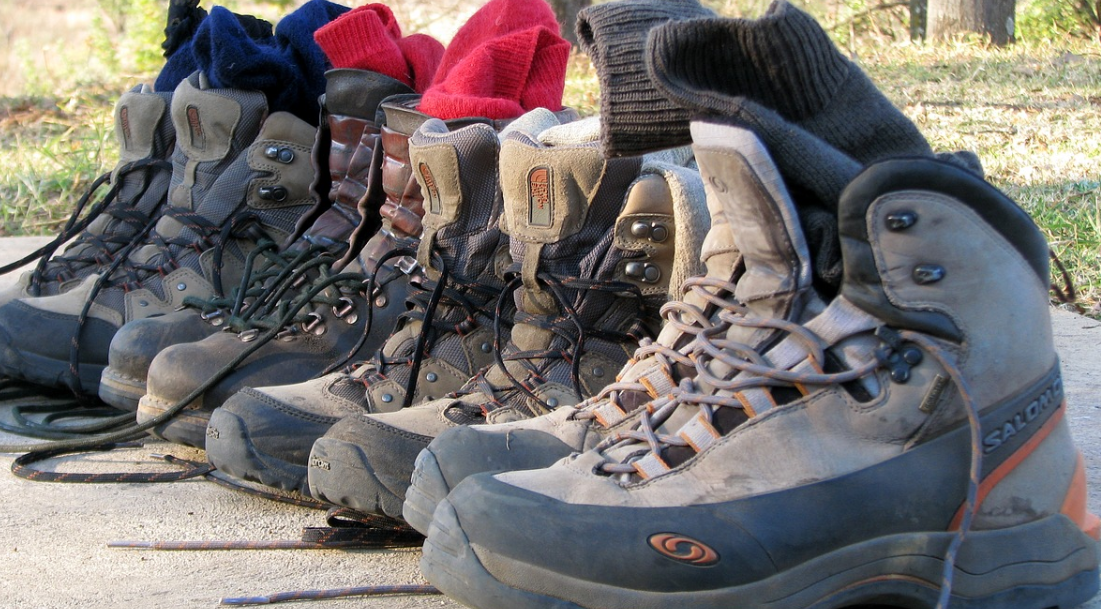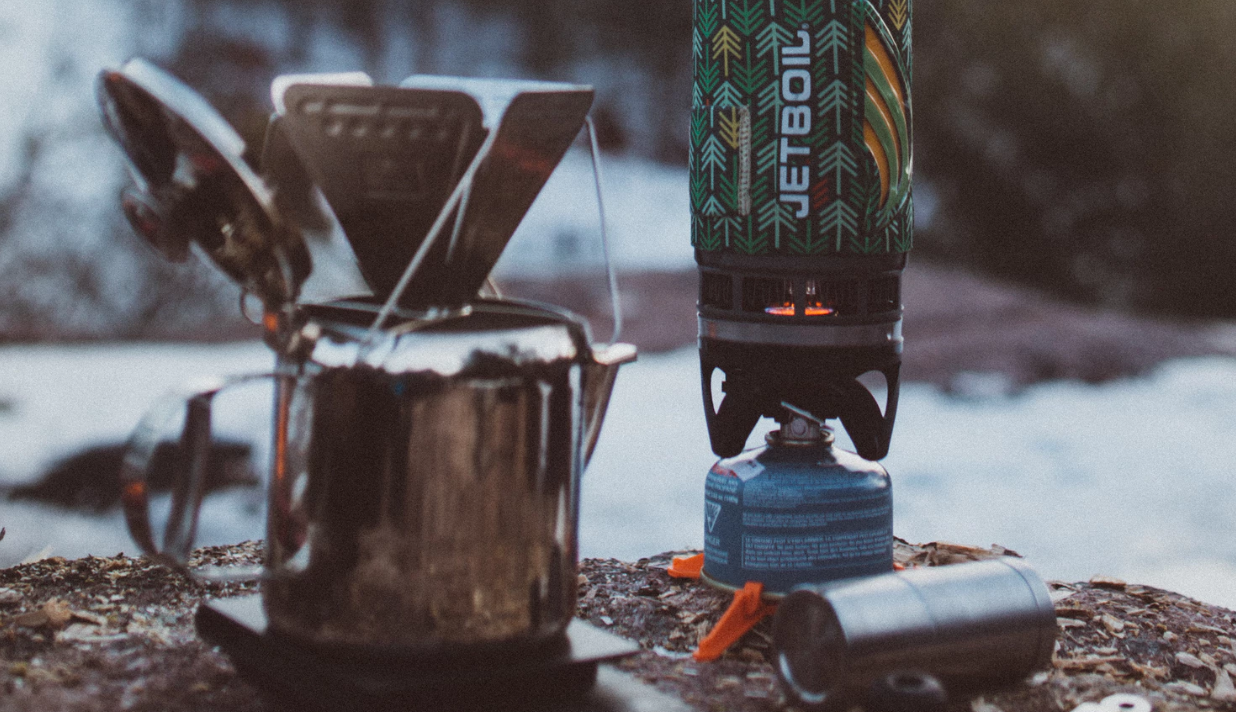Table of Contents
If you’re heading out on a hiking trip, you’re likely going somewhere you’ve never been before. There will be terrain you haven’t conquered, vegetation you’ve never seen, and animals you’re not familiar with. In order to ensure that you’re safe and sound, and you have the best hiking experience possible, you’re going to need to plan ahead.
So how do you plan a hiking trip? If you’re new to the subject, it may seem a little more complicated than it is. But rest assured, planning is easy once you get going, but it is very important. You don’t want to find yourself getting lost on a trail you’ve never seen before. You need to make sure you have enough water and food to sustain you through the journey. We are going to discuss in detail some of the things you are going to need to remember in order to successfully plan a hiking trip.
Gear You’ll Need
Whether you’re scaling alpine slopes or having a casual stroll through your local national park, having the right gear will make sure you’re putting your best foot forward. The degree of quality in which your gear will require will depend on the difficulty of the hike.
However, some of the most important things to consider are your hiking boots, backpack, clothing (socks, hiking underwear, pants, shirts, gloves, etc). Your gear should follow the following criteria: it should be lightweight, portable, durable, water-resistant, and fitting. Here is a breakdown of what to look for in your gear and why.
Boots
Your boots will need to be blissfully comfortable, water repellant, and lightweight. You will also want to have the highest level of support for your feet. The wrong pair of boots will cause blisters, discomfort, or just straight up hurt your feet. Breaking in your high-quality boots beforehand will be a huge plus and will save you some headaches later. You can do this by going for a few walks leading up to your hike to get your feet used to the new fabric.
Related; Waterproof Hiking Boots Review
Backpack
Your backpack will need to hold everything you need for the duration of your hike. This means you’ll need enough room for clothing, food, cooking supplies and tables, and emergency items. It will need to be water-resistant, or come with a rain cover to keep everything dry inside.
Depending on how long you are hiking, you will have some wiggle room when it comes to size. Generally, 30-45 liter bags are good for hikes between 2-4 days depending on how you pack. If you’re extending your trip to more than 5 days, you’ll want to go for anything from 55-75 liters.
Get the size right, as a bag that is too big for you will be uncomfortable and cause chafing. Bag manufacturers offer to size charts so you can figure out what will be best for you. Most bags are also adjustable so you will be able to fit the bag to your specific needs.
You may benefit from getting a bag with an internal frame that upholds the structural integrity while packing and hiking alike.
Clothing
You will likely be wearing the same clothes for the majority of your hike. This will cut down on the extra eight and bag space taken up by more items. With that being said, you will only need to buy one of some things, and multiple of others.
A change of underwear per day is always a good idea for obvious reasons. One pair of water-repellant, lightweight pants, shirt layers which are made of light, quick-dry material, and enough pairs of hiking socks for half the days you are hiking. (The right types of socks will be suitable for multiple days, and rinsing them in a stream and drying them by the fire will freshen them up a little bit).
Also be sure to pack things like a hat, gloves, sunglasses, a lightweight towel, and anything else that may enhance your comfort levels. Making a checklist of all the clothing you’ll need for each day and ticking them off when you put them into your bag is a good practice.
Cooking Tools
Unless you’re planning on cooking your wild caught squirrels over an open flame, you’ll need to have basic cooking gear. This will include a portable cooking stove for backpacking and hiking adventures, at least one boiling pot, an alcohol stove, ladles, a bowl, and utensils. Depending on the type of meals you’ll be cooking, you may be able to fit a frying pan, multiple types of plates, and cups.
If you’re really roughing it, you will only need the basics and some brands offer very minimalist, compact packages that contain everything you need. Your cooking tools need to be lightweight, portable, folding, durable, and easy to wash. The less work you need to do you get cooking and clean up afterward, the easier your overall meal prep will be.
Miscellaneous Items
There are plenty of “miscellaneous” items that are absolute essentials to your hiking journey. You’ll need a good water bottle, rain protection, sunscreen, water pump (for clean water), bug spray, potential bear spray, and anything else your specific hike will require. Different regions call for a different preparation.
There is a wide range of things you will need for your hike and these are the basic ones. Build yourself a checklist of everything you need and remember that if you forget to pack something, you will be without it on the trail, so make an extensive list, and cut back accordingly.
A lot of trails are now featured on trail websites that have printable or downloadable maps that you can follow. One of the best things you can do is get a handheld GPS system. This will allow you to pinpoint your location and follow your progress along the entire path. Otherwise, getting a map and a compass is always a good idea. Even as a backup for a GPS system just in case something goes wrong with your technology.
Familiarize yourself with various landmarks and directions you will come across on the trail. As a fun, as it can be to have to navigate on the go, being prepared, can save you time and keep your blood pressure low. Having landmarks such as rocks, summits, shore points, and buildings can help you to know exactly where you are on the map. Having confidence in your location will allow you to enjoy the scenery without needing to worry if you’re going the wrong way.
Food
We’re all fans of good trail meals, right? The post-hike meal can be one of the most rewarding and tasty experiences of the entire journey to reward yourself after a hard day. It is pretty easy to come up with a meal plan for your breakfast, lunch, and dinner plus snacks. You’ll want all of your food to be lightweight, calorie-dense, and easy to make.
Freeze-dried meals are a fantastic option as they have a ton of nutrients and calories and all you need is hot water. They are packable and have a really long shelf life as well. Other good foods are things like oats, power bars, granola, nuts, pasta, chocolate, and dried fruit. Finding a good hiking meal plan is easy to do and don’t stress, you’ll definitely be able to find the types of foods you’ll be satisfied with during a hike.
Just stay away from things that are perishable, can break (like eggs), and unnecessarily heavy foods. You won’t want to deal with a pesky type of food when you’re on the trail.
Emergency Items
One of the most important items in your backpack will be your first aid kit. All of the components of your hiking pack will be there in order to ensure your comfort and enjoyment of the hike, along with the first aid kit. Good first aid kits of hiking are easy to find and are typically not overly expensive. It will be essential to have things like band-aids, sanitary wipes, rubbing alcohol, and many more. Also, make sure to take the necessary medications that you need. Forget your heart pills and there won’t be a pharmacy on the trail.
Depending on the region you are going to, you will need to consider things like malaria pills, altitude sickness pills, and yellow fever vaccines. You can easily find the information you need by visiting a travel clinic or checking the specific country’s travel recommendations. Some countries require you to have certain precautions when it comes to diseases. If you are exposed to something that can potentially create a crisis, a country can even quarantine people for an extended period of time in order to dissolve any possible threat to the population.
For any close to home hike, having the contents of any typical first aid kit will likely be enough. Consider bringing a location spot with you in case you get into trouble and need to broadcast your location to a search and rescue team.
Conclusion
Have fun planning your next hike. It may seem like a boring segment of the experience, but the more prepared you are, the more fun the hike will ultimately be. Take your time and use the experience to build anticipation for your adventure. Happy hiking!
If you liked the article, please leave your feedback.






